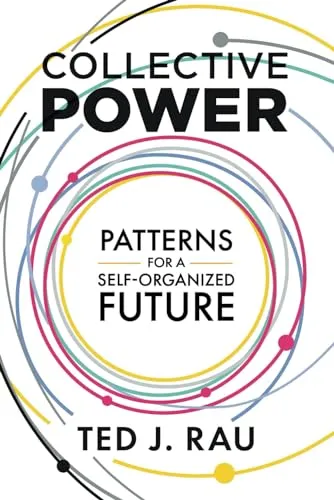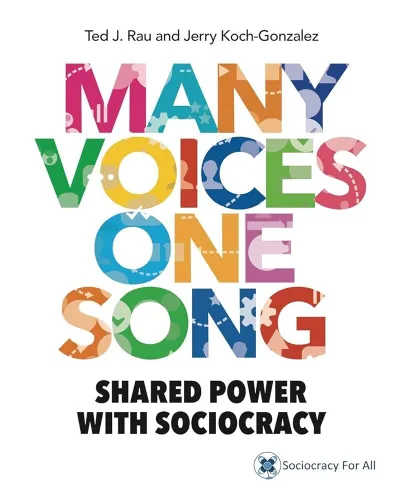Rebuilding Community on the (Fujo)Web, pt. 3 — The Neverending Quest(ion)
As we all know, "it's dangerous to go alone". And yet knowing we must work together is not enough to Just Do So™. Now what?
Table of Contents
This was originally a talk given at the 2024 edition of CitrusCon to a public of Boys Love media fans—one of the online communities most impacted by the current state of the web. Check it out on YouTube, or read on!
Previously on “Rebuilding Community”…
Missed part 1? Start from the beginning!
Need to catch up with part 2? Pick up from the middle of our story!
The Powerroblem of Together

And with this hopeful message, it’s time for the last big question: is what we discuss today enough? Well, I’m sorry to say that alas, harnessing the power of more helpers is a necessary but insufficient condition to escape the current situation.
Here’s the problem:
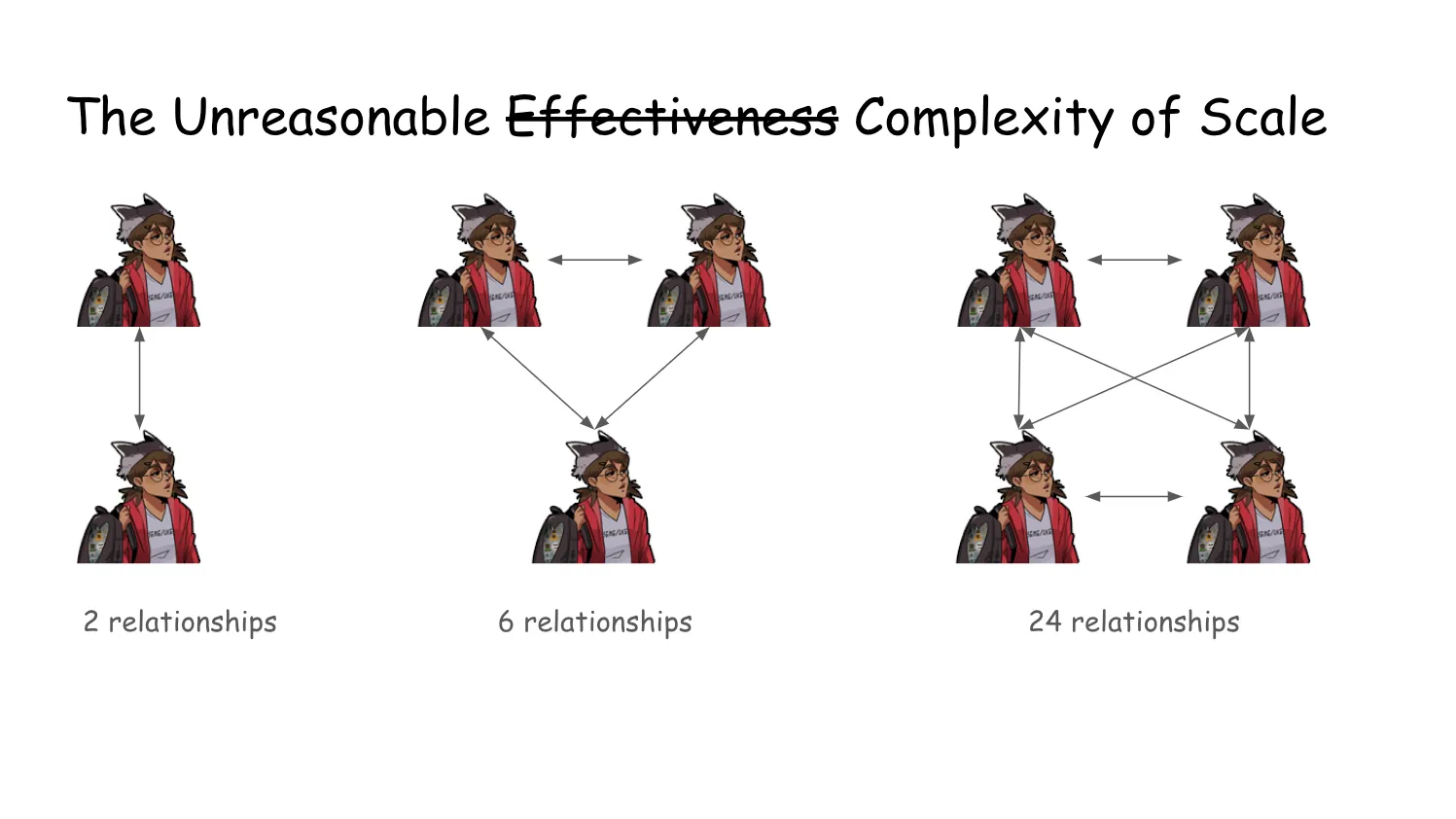
As you know the larger the cast the higher the number of relationships between its members. Similarly, when more than a handful of people come together to work on a project, complexity increases dramatically. Every person adds more arrows to the graph of relationships, and every arrow adds new possibilities for misunderstandings, missed expectations, someone shipping your NOTP, and eventually proper conflict.
Collectively Building for the Collective
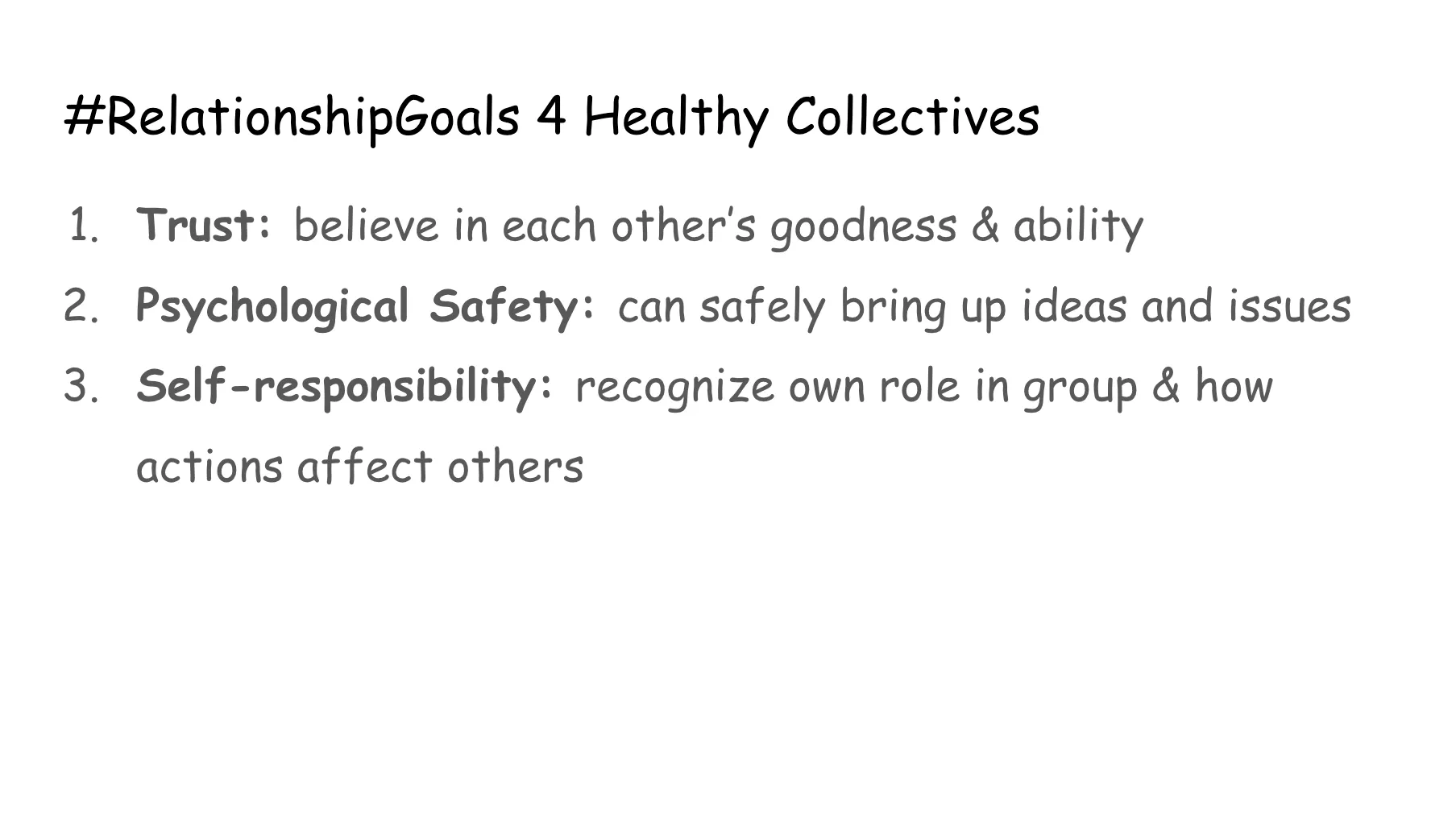
Going deep into this would require us to explore trust, psychological safety and self-responsibility. However, this talk is already long1, so I’ll leave you with just a few thoughts:
As things are now, it’s hard to feel safe and secure in the spaces we inhabit. When we feel under constant threat, it’s hard for people to speak up when needed and to listen when necessary.
When the collective suspicion, resentment, and pain that results from their members feeling silenced, disrespected or otherwise unsafe eventually boils over, organizations often clench up in response. They tighten their ranks, become less transparent, and attempt to maintain order through increased control and hierarchy.

But we can create environments where feedback is gladly given and received. We can teach people the skills to solve their own conflicts from a place of love, giving them a true sense of responsibility for the words they use and the environment they create. We can build projects where we collaborate on an even field despite our differences.
But creating those spaces starts with understanding that organizations and communities are messy. Being together in harmony is the biggest problem humanity has ever faced2, and one we continue to struggle with. Despite what we may think, building good organizations is not a solved problem with an easy blueprint to follow.
About Sociocracy
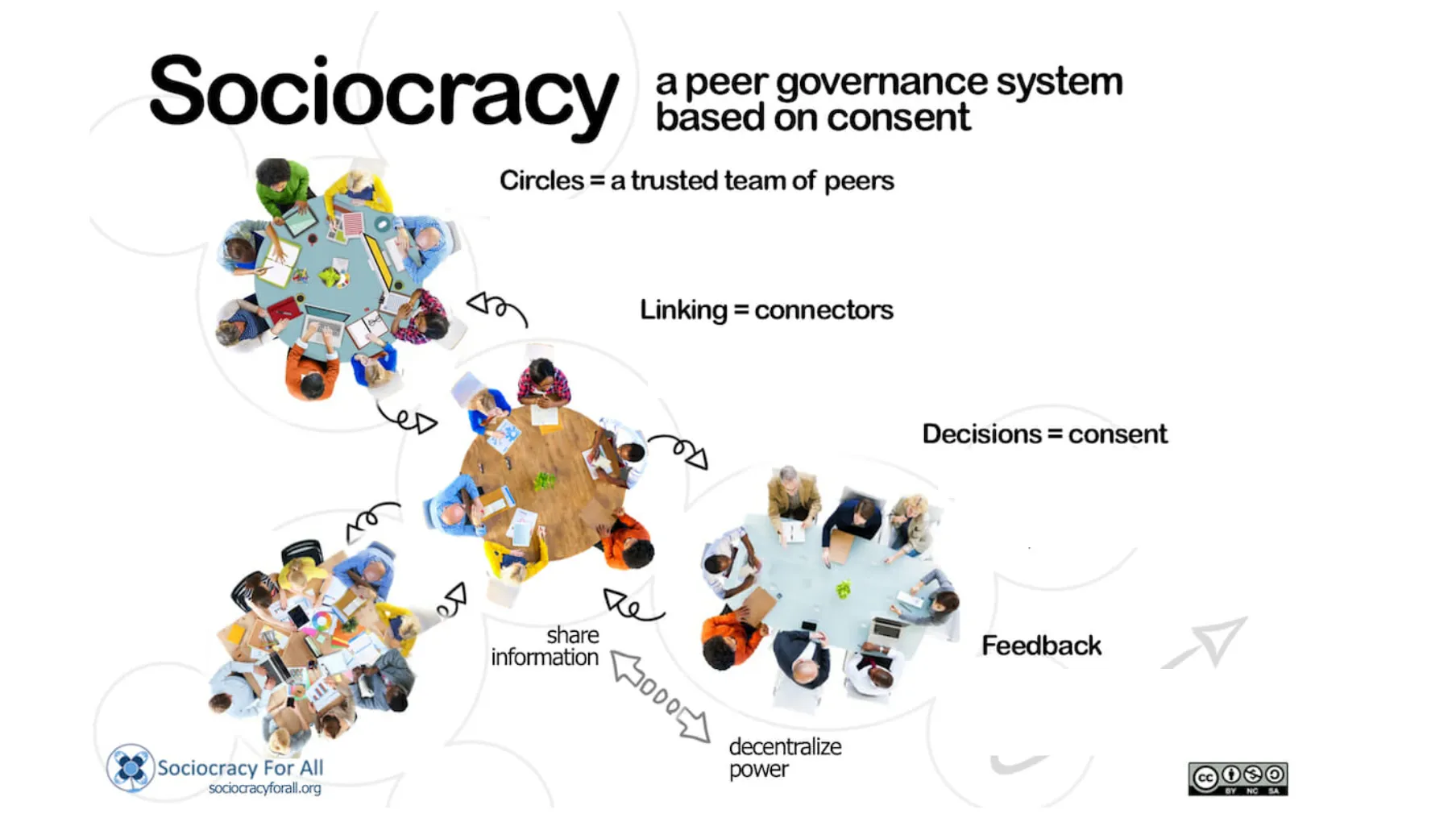
This has started to change in recent years. At the end of 2023, I learned about sociocracy, a peer governance system that uses a mechanism of circles and consent to enable non-hierarchical, decentralized decision making. A lot of what I discussed today I only learned thanks to the educational material created by Sociocracy for All, an organization that helps other organizations learn about and adopt this system.
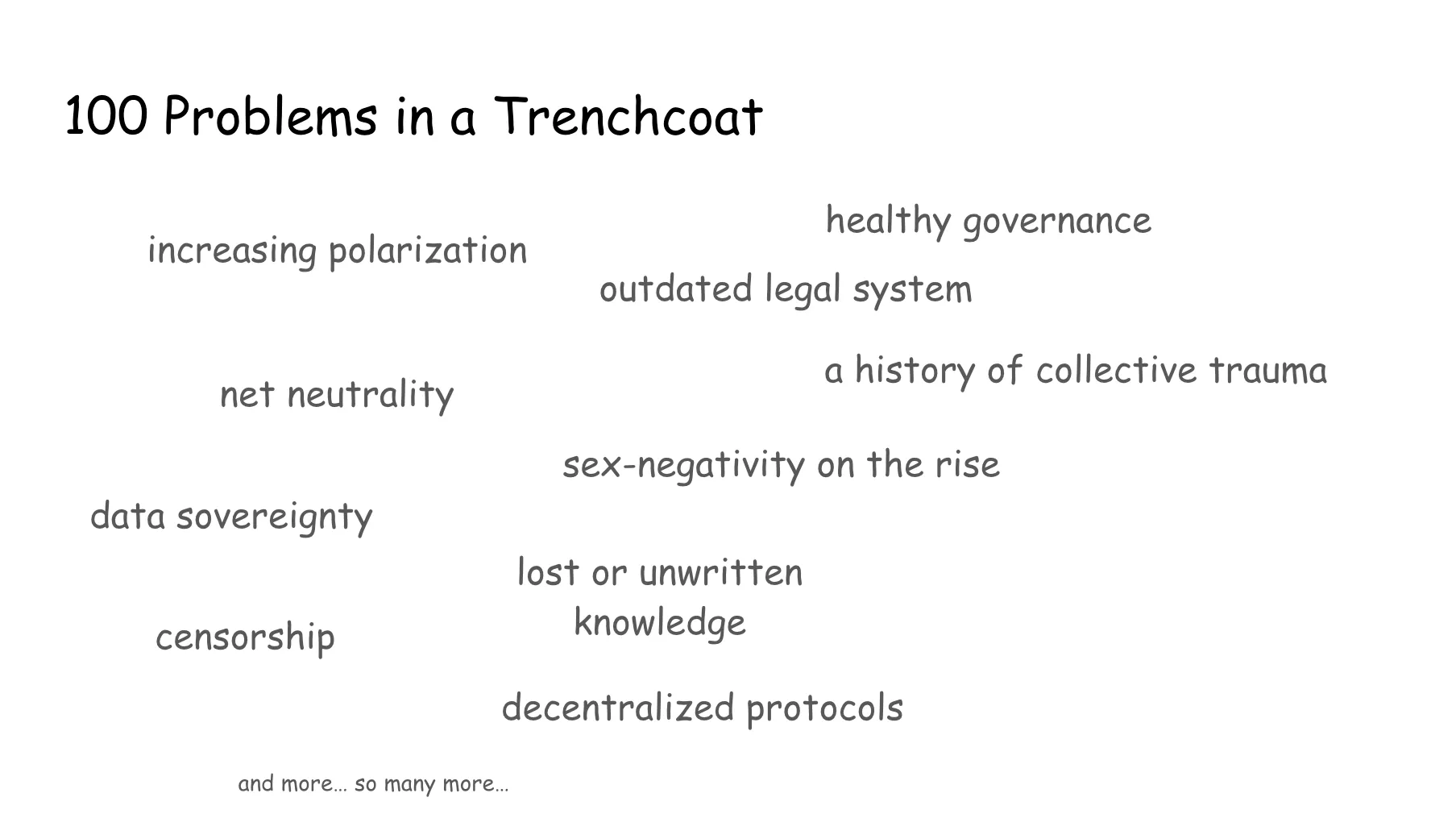
Mo’ Problems, mo’ Allies
I hope today helped you appreciate that the problems that plague both our web and our communities are complex and intertwined. No one knows how to fix all of these problems alone, and not all of them even have a clear solution.

But here’s the good news: just like we are not alone as people, we are also not alone as communities. There’s a lot of groups out there solving the many problems on the way to a better, more equitable, more communal online and offline world.
I mentioned Sociocracy for All already, but we also wouldn’t be here without the Sustainable Economies Law Center, that has given us free legal advice that helped me go from someone terrified by the American legal system to someone who’s still terrified by the American legal system but that can understand and navigate some of the issues it presents.
And in fandom, I would obviously be remiss not to mention the work that Dreamwidth did paving the way and that they continue to do on both the legal and platform sides, as well as offering us support and advice as needed. Similarly, it’s important to recognize the inspiration that the Organization for Transformative Works provided as well as the wisdom its individual members have shared with us.
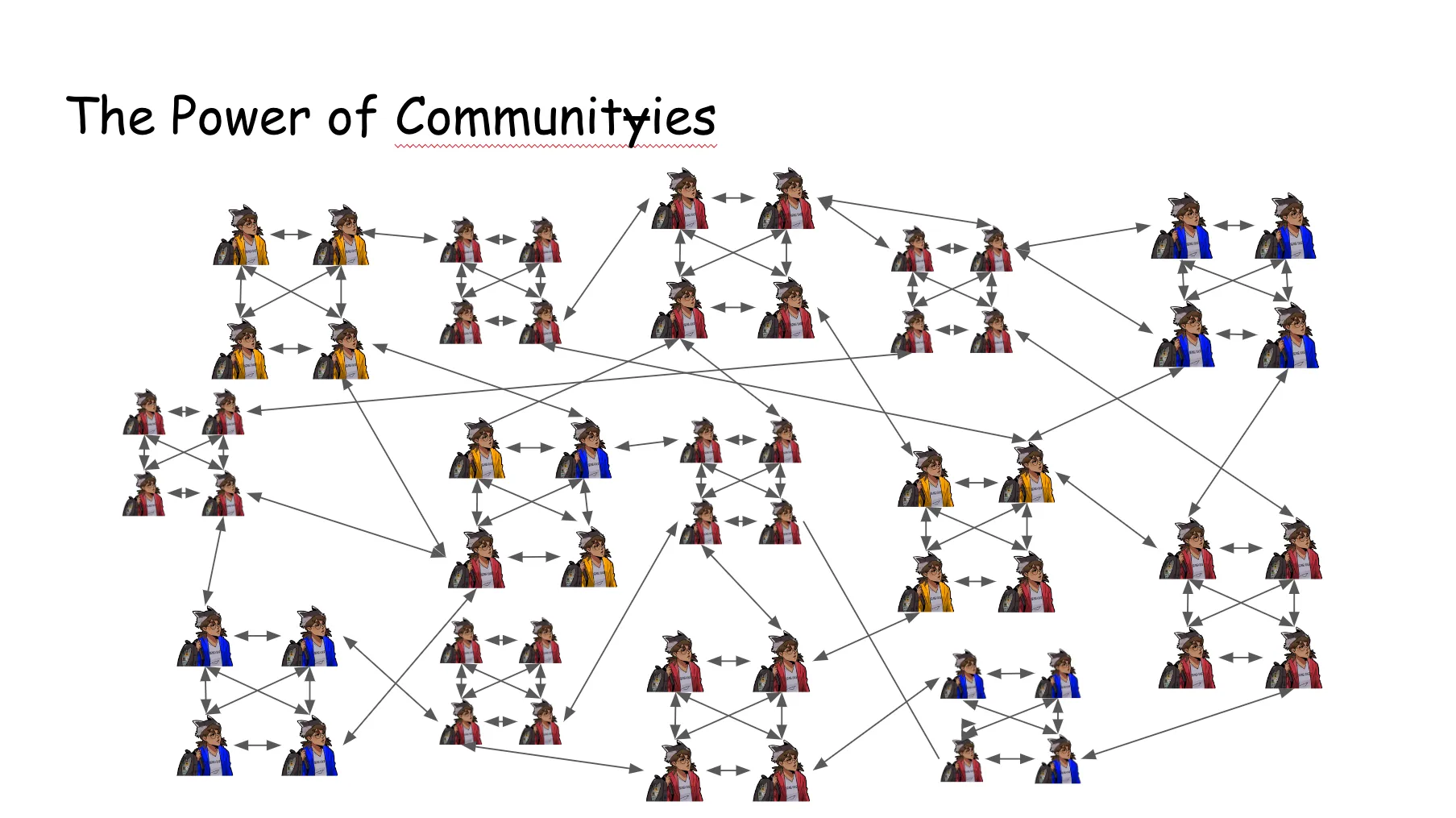
On a large scale, true change does not happen by working together as a single group, but by empowering people to create new ones and work with others on the problems that matter to them, with their unique power and perspective.
When such a system exists, everyone can find the place where their power can be put to use in a way that best matches their work style and values. And just as importantly, the failure of one project won’t cause the whole system to collapse, but instead makes us all stronger by teaching us what we didn’t know before.3
Epilogue
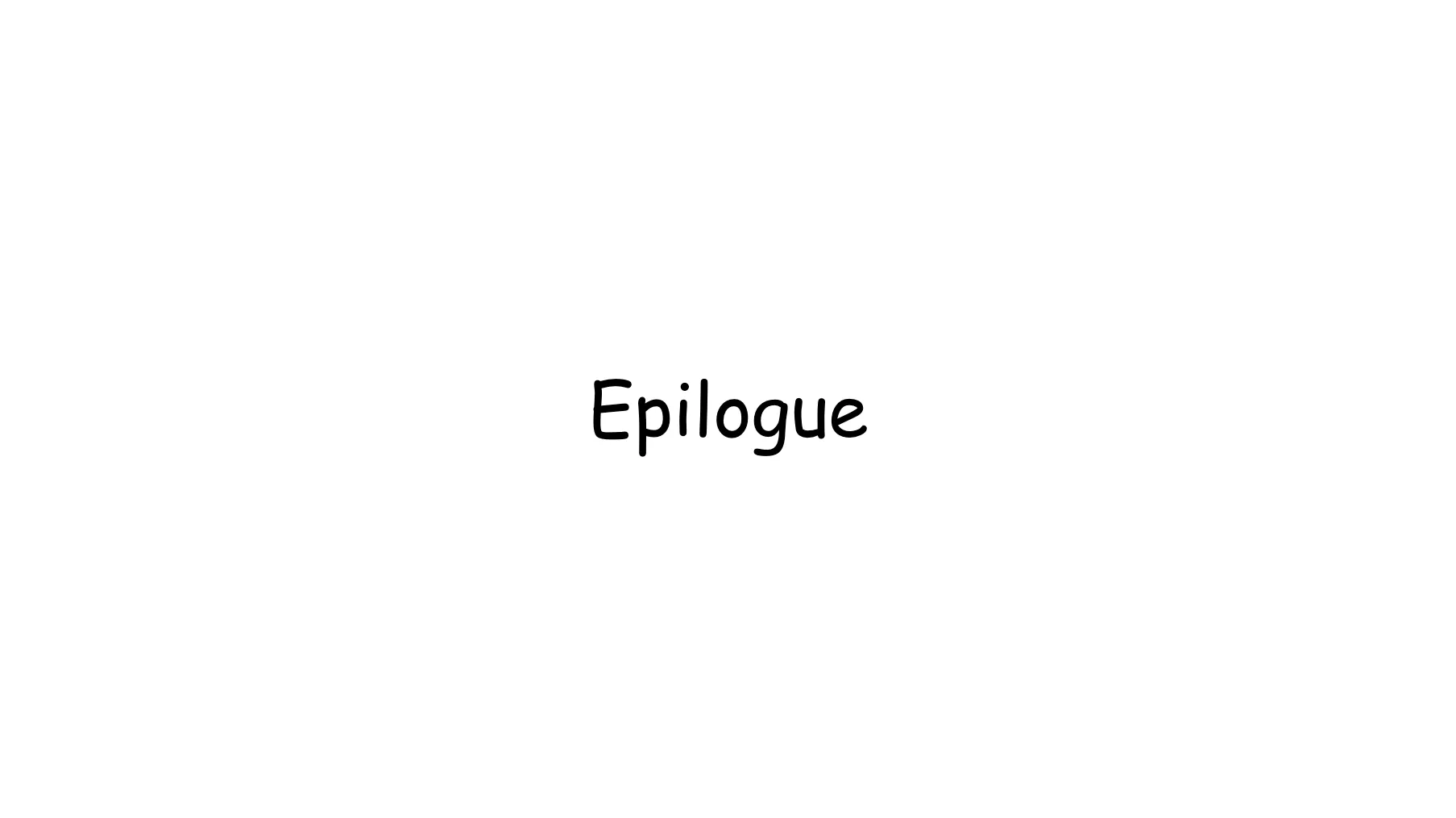
And with this our talk comes to a close.
BobaBoard
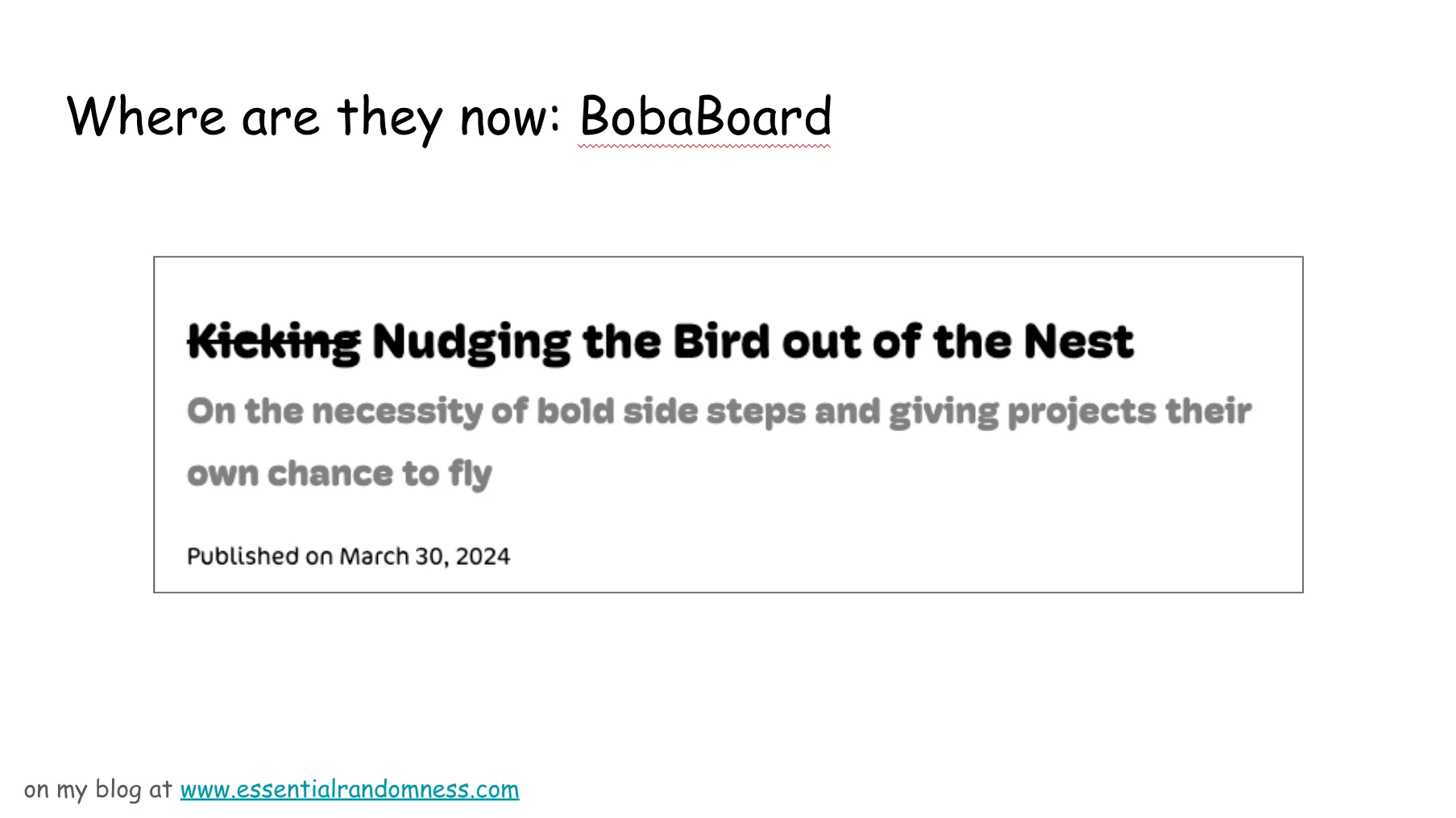
In March, some time after “that fateful day”, I officially stepped down as BobaBoard’s project lead. While I’m still involved with the project, this gesture explicitly signaled my decision to renounce the power I had and put BobaBoard’s future in the hands of the community.
I’m happy to say people gladly stepped in to take on the power I had given up, and thanks to the hard work of some contributors, we’re now in the process of growing BobaBoard as a sociocratic organization. Progress is slow, the todo list is ever growing, but we’re working hard to remove me as a bottleneck and unwillingly-central decision maker and enable people to come help us make BobaBoard a reality.
FujoCoded
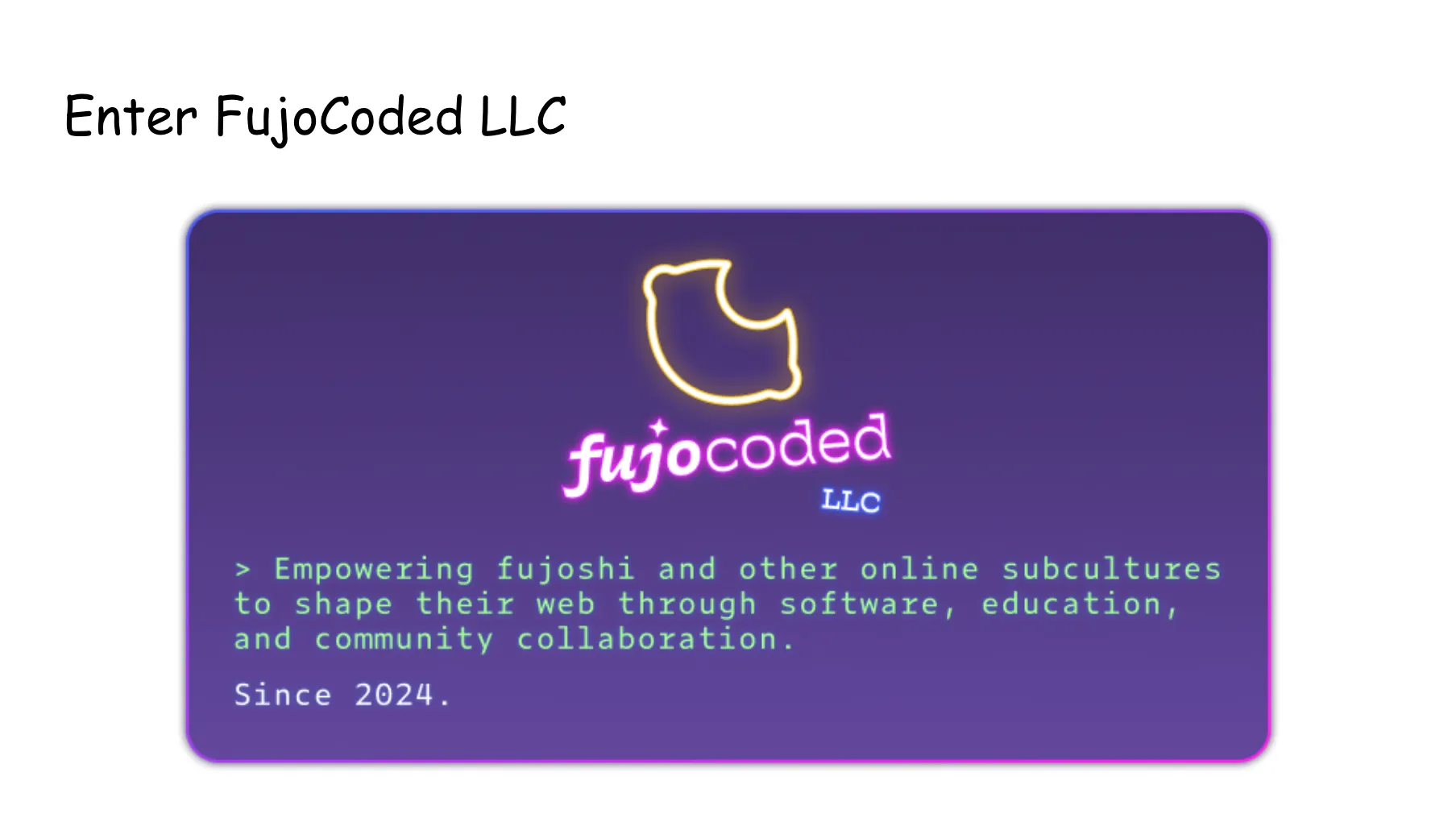
And then this April4, a few other BobaBoard volunteers and I officially founded FujoCoded LLC, with the explicit goal to empower members of online subcultures to shape their own web and build a kinder, more diverse, more collaborative internet.
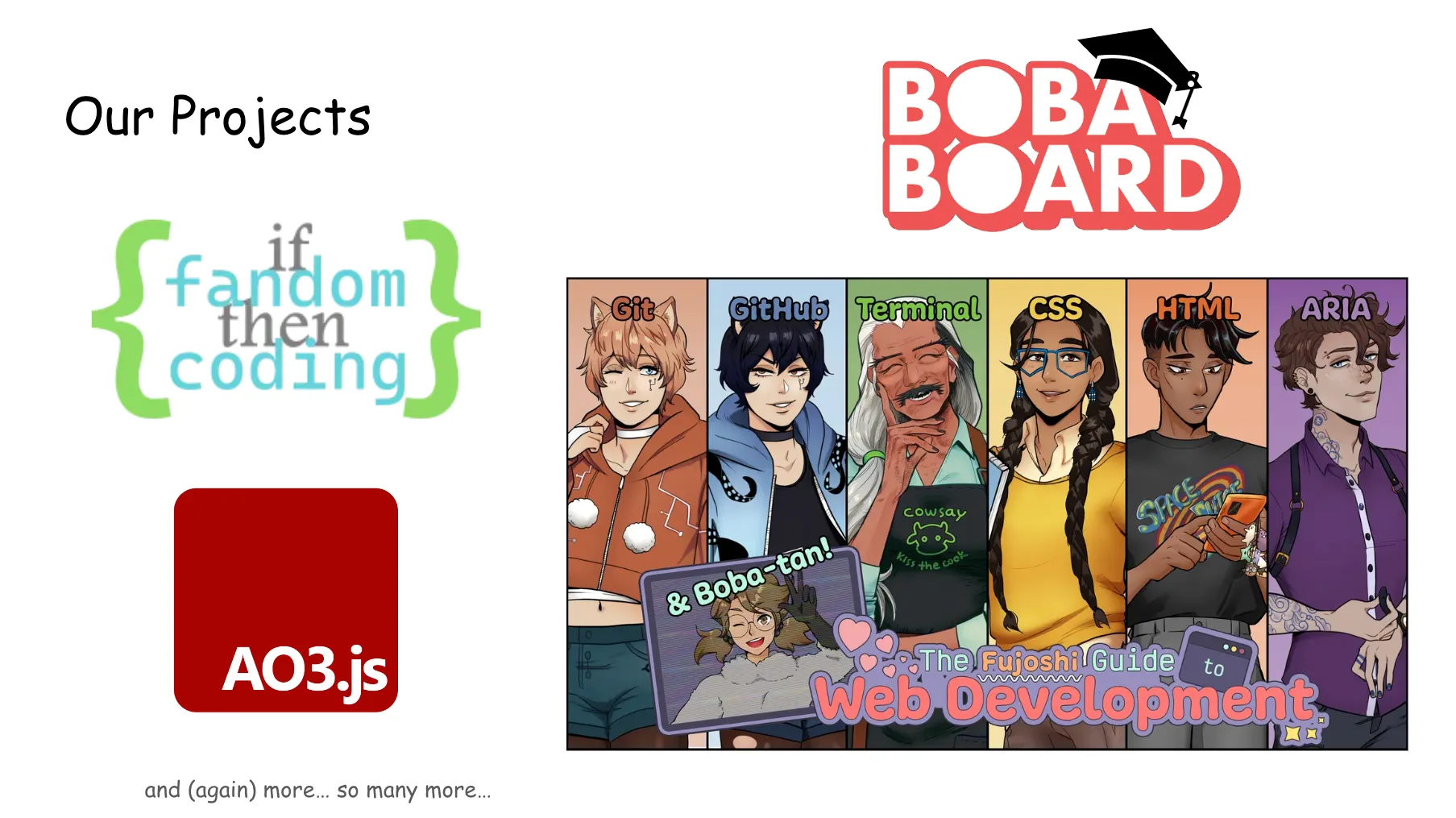
The projects we run are many and varied. They range from teaching people how build and collaborate on software by using hot fictional versions of programming languages, to starting communities that help people find support on their coding journey, to building experimental software like BobaBoard that will give them a place to come learn and create their own web. You can help us make a difference by supporting us on Patreon.
This new chapter of this story has just started, and there’s no telling where it’ll end up going: knowing our next steps doesn’t make the journey an easy one.
But I’m excited and eager to continue working on nurturing an internet that has meant so much to me, alongside the friends who helped make this journey possible, and the new faces we’ll continue to meet along the way.
Outro
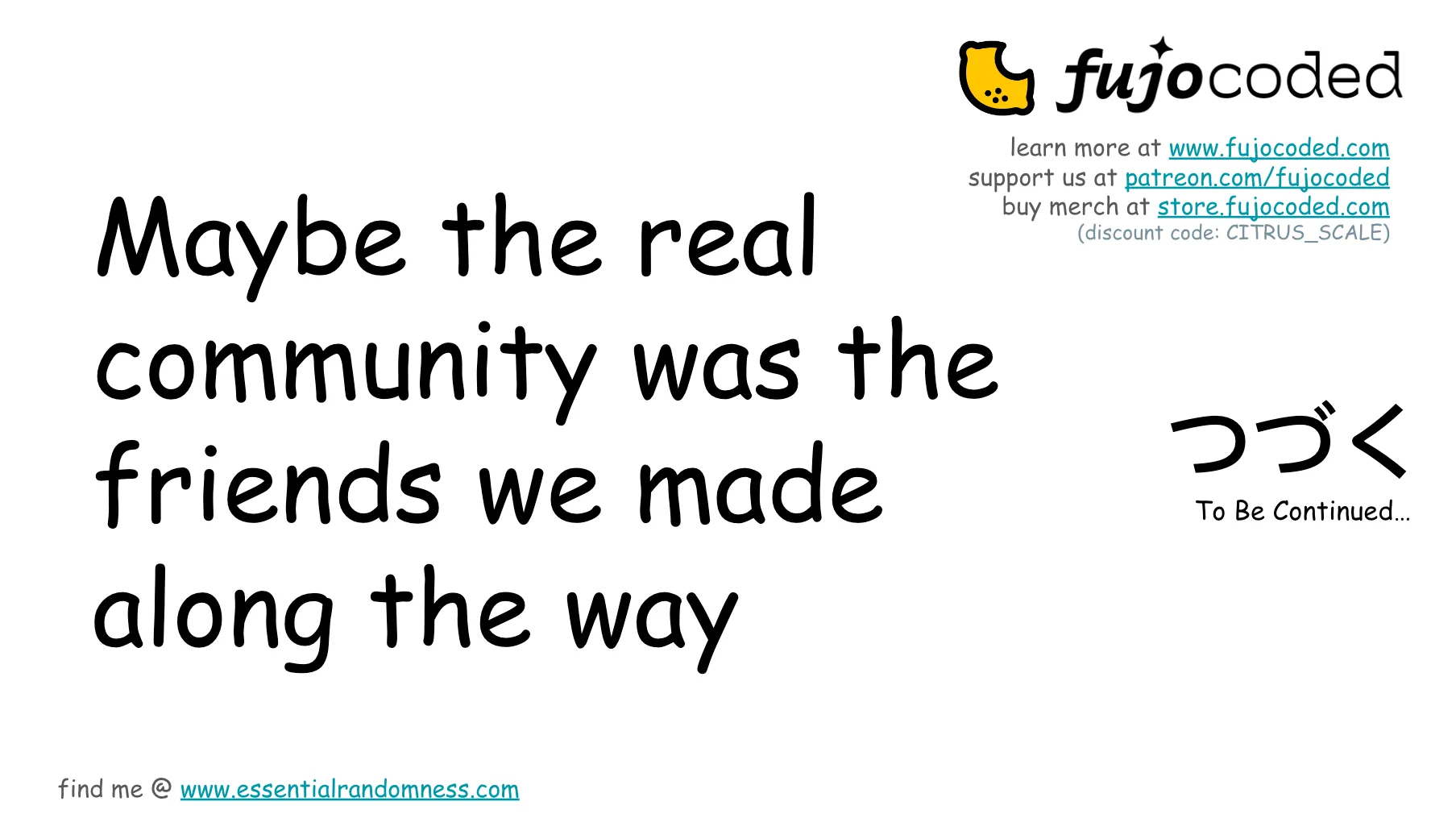
And with this, I’m done! Don’t forget to go check out our website to sign up for our newsletter, support us on Patreon so we can continue providing awesome educational resources, and buy our incredibly cute merchandise in our store!
Thank you!
Bibliography
While this story is my personal experience, the analysis of power dynamics at the core of this presentation takes heavily from the First Chapter of “Collective Power” by Ted J. Rau—which like no other before opened my eyes to “oh, so this is what’s going on here”. Many Voices One Song has been similarly inspiring.
Both books can be bought directly from Sociocracy For All.
Footnotes
-
Luckily, I ended up having time for this particular talk exactly one year later. You’ll get it in blogpost form…at some point. For now, read the author notes! ↩
-
There’s many things I want people to take from this talk, but this one is near the top. There is no easy path to people being together in harmony, yet there being enough of them to do things that matter.
If you try to avoid conflict forever, you’re going to have a bad time. If we hold each other to the standard of “someone who’s doing this rihgt can avoid conflict forever”, we’re also going to have a bad time.
Conflict is a constant danger and a sure destination. If you don’t end up with some conflict, you’re probably not harnessing “your full potential” (which is fine—you don’t owe that to anyone). ↩ -
a.k.a. “Antifragility” ↩
-
and by “this” I mean “April 2024” ↩
